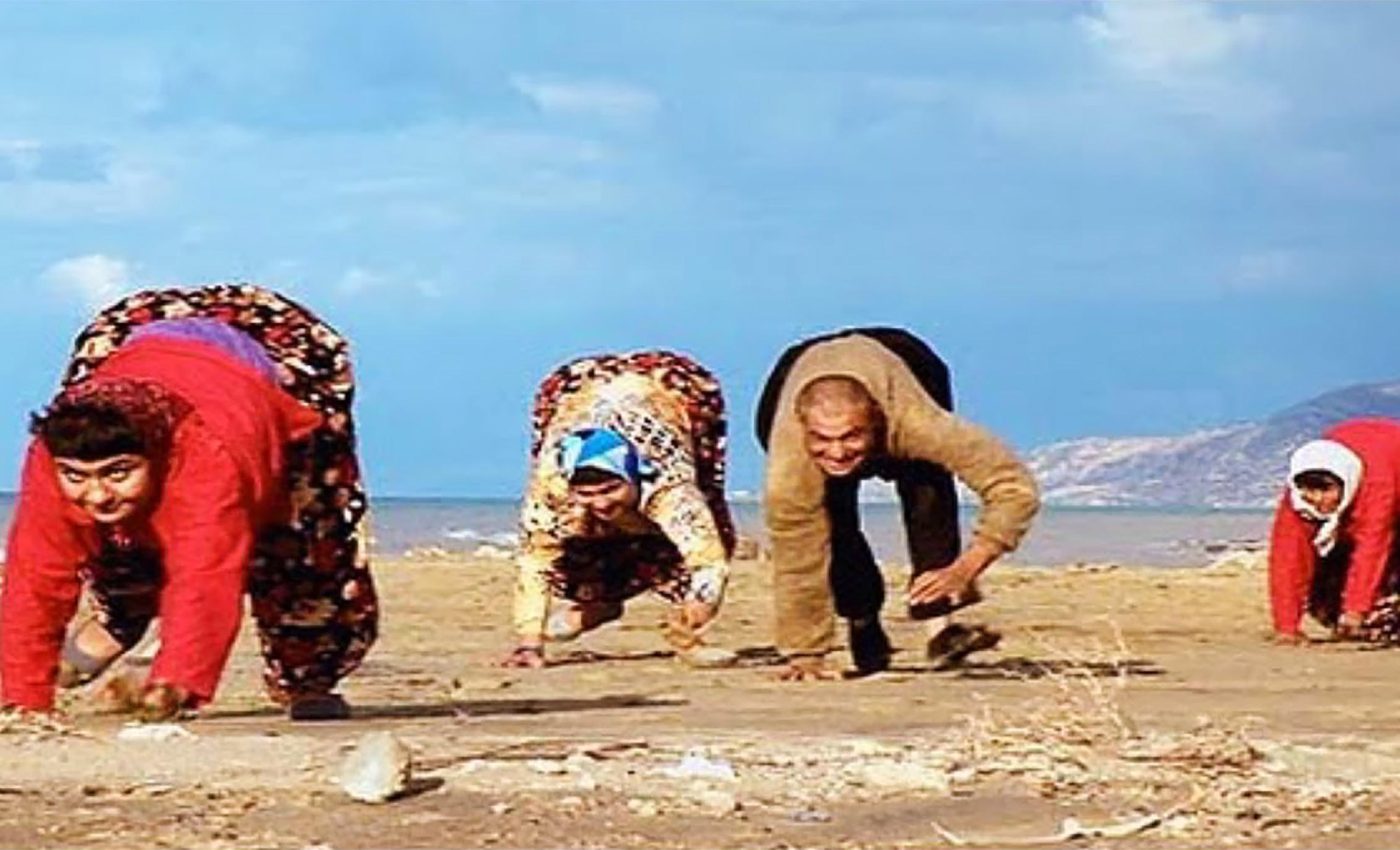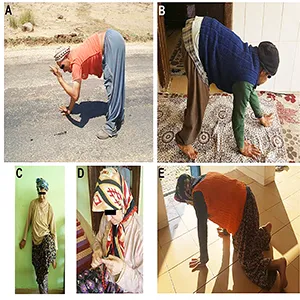
Family that walks on all fours baffles scientists and challenges human evolution theory
A cluster of stone houses in rural southern Turkey shelters a spectacle more often imagined than observed. Five adult siblings move briskly across the courtyard on both hands and feet, their backs straight and their palms, not knuckles, bearing much of their weight.
News of the family reached researchers in 2005, and records show 19 children were born into the household, with five retaining a habitual quadrupedal gait into adulthood.
Far from a curiosity, the siblings became the focus of laboratories on three continents, television crews, and lengthy debates about what their stride says, or does not say, about human evolution.
Unertan syndrome
“The thing that sets us apart from the rest of the animal world is the fact that we’re the species that walks on two legs and holds our heads high in the air. These people cross that boundary,” said Nicholas Humphrey, an evolutionary psychologist at the London School of Economics.
Humphrey spent days observing the siblings, capturing both the scientific intrigue and the cultural unease their gait provokes.
Their palm-supported “bear crawl” keeps elbows and knees nearly straight, conserving energy over uneven ground.
Unlike the knuckle-walking of apes, their wrists remain anatomically unmodified, demonstrating a clever biomechanical workaround rather than regression.
Observers note surprising dexterity: one sister embroiders delicate pattern while seated, then flips forward to scuttle toward a kettle without missing a beat.
Such scenes contrast starkly with the physical toll, hands are calloused, and joint pain intensifies with age.
A decade-long follow-up of six individuals with Unertan syndrome confirmed that physical functioning and daily independence decline over time, urging early and sustained rehabilitation.
Tracing the genetic roadmap
First described by Turkish neurologist Üner Tan, the Unertan syndrome is inherited in an autosomal-recessive pattern, meaning both parents silently carry the same rare gene variant.
A separate study of another Turkish clan mapped the trait to chromosome 17p and documented seven affected relatives, five of whom never mastered upright walking.
Yet genetics alone does not write the whole script. In two additional families, researchers identified nonsense and frameshift mutations in the very low-density lipoprotein receptor (VLDLR) gene.
The authors concluded that mutations in VLDLR impair cerebrocerebellar function, conferring in these families a dramatic influence on gait.
Because not all affected groups share the same mutation, scientists now frame Unertan syndrome as genetically heterogeneous, with several molecular roads leading to similar movement constraints.
Cerebellum is key in Unertan syndrome
Brain imaging highlights thinning of the cerebellar vermis, the worm-shaped midline region that fine-tunes posture and balance.
The same 10-year study reported that “the quadrupedal subjects were still using quadrupedal gait pattern” and that their ability to stand unaided worsened with age.
Such structural differences tip the developmental scales, toddlers who already struggle to balance find the usual transition from crawling to walking too unstable and default to a pattern they can control.
Biomechanical analysis shows their gait is a lateral-sequence walk, matching healthy adults asked to move as quadrupeds in laboratories, rather than the diagonal pattern typical of monkeys.
That finding undermines claims of a living “missing link” and instead spotlights neural plasticity, the brain adopts whatever locomotor solution best maintains stability when resources for upright balance are missing.
Culture, poverty, and locomotion
None of the siblings had access to pediatric physiotherapy or braces that encourage bipedal practice. Villagers, unsure whether the gait signaled disease or curse, offered little support.
Family photographs reveal that all 19 children began life crawling on hands and knees, just like any infant.
Around ten months, the five affected youngsters tipped onto their feet and palms, discovered they could travel faster that way, and never looked back.

When donated walkers finally arrived, several stood upright for the first time, laughing as they shuffled across a concrete porch. The experience hints at how much motor development depends on opportunity as well as genotype.
Ridicule remains common, yet the family’s daily rhythm, tending goats, weaving rugs, sharing meals, shows adaptation rather than defeat.
Brain development and Unertan syndrome
Initial headlines spoke of “reverse evolution,” a phrase Humphrey later called “scientifically irresponsible.” He and other critics stress that evolution is no one-direction ladder, traits emerge, disappear, and sometimes re-emerge for many reasons.
Detailed video-frame analysis of 518 strides demonstrated that the siblings’ limb sequence mimics ordinary human crawling mechanics rather than ape locomotion, further weakening the atavism argument.
Researchers now view the phenomenon as an interaction among mild cerebellar hypoplasia, delayed balance training, and the body’s instinct to find a stable gait.
Instead of rewriting human ancestry, the family broadens our understanding of how flexible, and occasionally fragile, locomotor development can be.
Rehabilitation and dignity
Physiotherapists who revisited the siblings after structured exercise programs reported modest gains in standing endurance and hand discomfort.
They recommend combining strength training, speech therapy, and social support to slow decline and ease caregiving burdens.
Parents, too, need counseling, surveys show elevated stress and reduced income when offspring require lifelong assistance.
International charities have since supplied custom crutches and palm guards, simple tools that reduce joint strain and open chances for upright mobility during short tasks.
Their story reminds clinicians that even rare disorders benefit from early diagnosis, community education, and practical aids tailored to local realities.
The study is published in The Cerebellum.
—–
Like what you read? Subscribe to our newsletter for engaging articles, exclusive content, and the latest updates.
Check us out on EarthSnap, a free app brought to you by Eric Ralls and Earth.com.
—–













